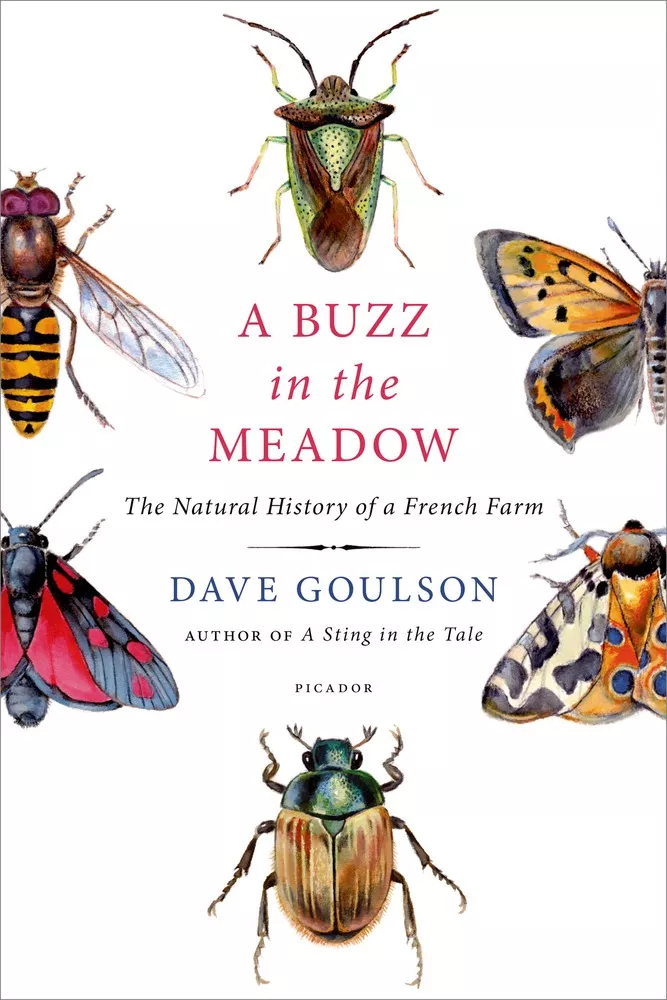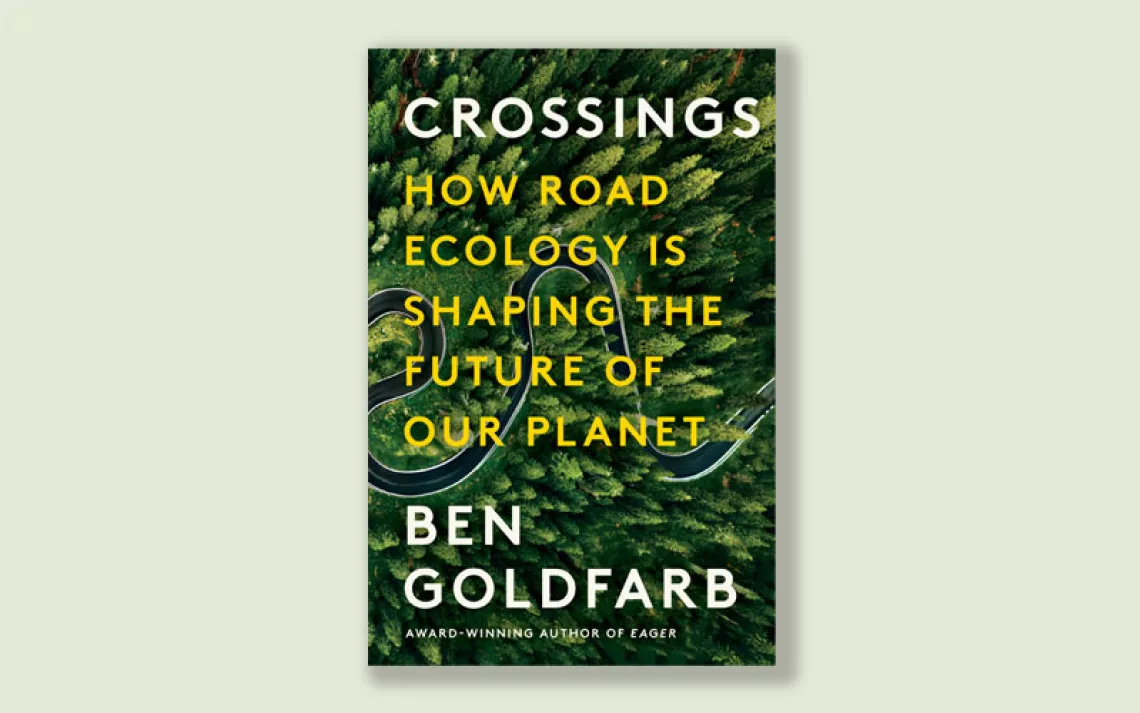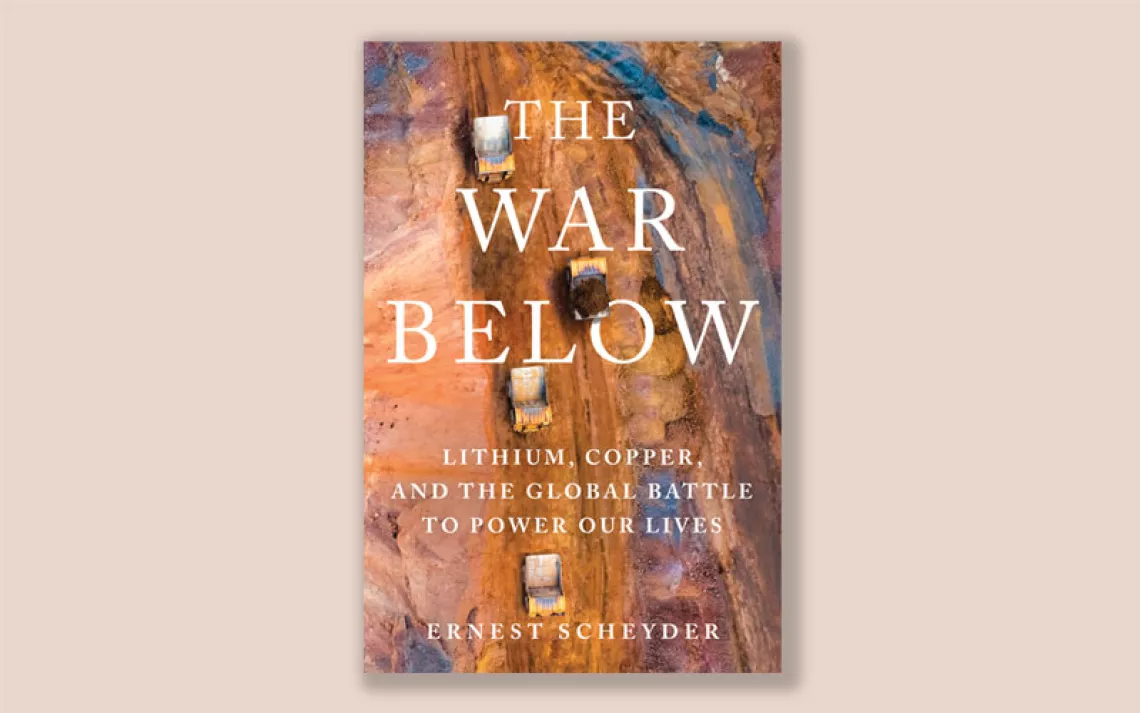How Insects, Neonicotinoids, and a French Farm Are Related

A Buzz in the Meadow: The Natural History of a French Farm, by Dave Goulson.
If you’re curious about insect life, A Buzz in the Meadow is a fabulous introduction. If you’re not, Dave Goulson shows why you should be. A scientist who has investigated the dangers of neonicotinoid insecticides to bees, he gives an unusually lucid explanation of how and why these insecticides are so lethal. But he also creates vivid descriptions of the phenomenal colors, shapes, and intriguing behavior of bees, butterflies, and flowers he has observed on his little farm in France and on excursions to other countries.
He shares many wry but informative asides along the way. For example, after listing superstitions from around the world about praying mantises, he remarks, “Not bad for an insect that is but one step removed from the cockroach.” He takes us back 350 million years in evolutionary history, when dragonflies with yard-long wingspans hovered over the primordial swamp, watching for prey with omnidirectional eyes that contained 30,000 facets. The hyper-kinky sex lives of insects are a favorite topic: Male dragonflies capture females behind the neck with specially designed pincers on their posterior; the tiny male death’s head beetle audibly bangs his head inside his tunnel of wood to attract a mate.
Finally, after many intriguing field trips, he turns to the threat of neonicotinoids to the natural world, saying that safety tests done in labs on neonicotinoids don’t account for the long-term poison accumulation that kills bees, and possibly many other beneficial insects. By disregarding the threat of chemicals to tiny creatures, he cautions, we may be endangering larger ones like ourselves.
A Buzz in the Meadow: The Natural History of a French Farm, by Dave Goulson (Picador, 2015)
 The Magazine of The Sierra Club
The Magazine of The Sierra Club







